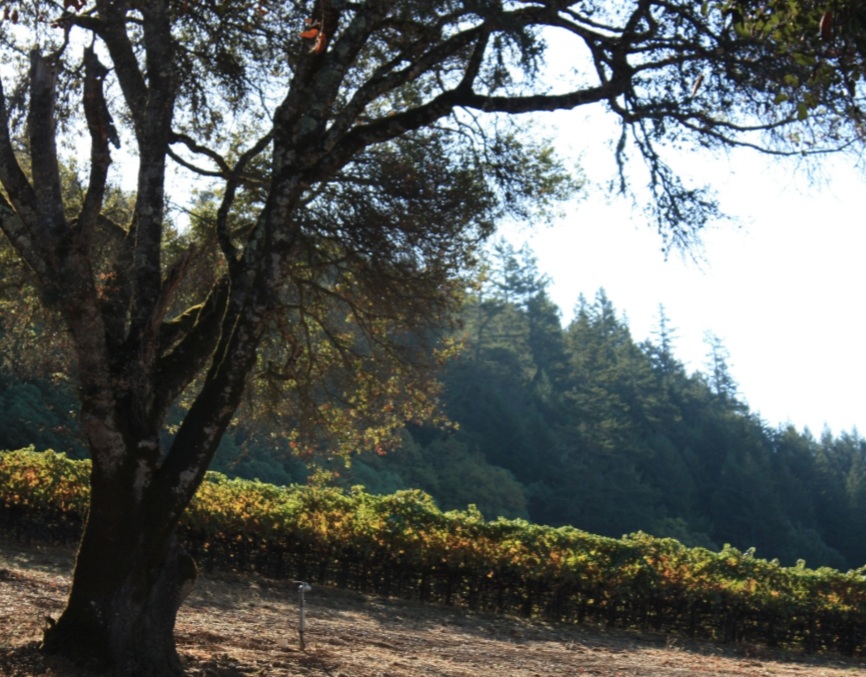If the Pomo natives were the original inhabitants of the Eagle Peak AVA, the first western settlers are also responsible for the development of the area as a wine region. European settlers were granted Mexican lands in the 1840s.
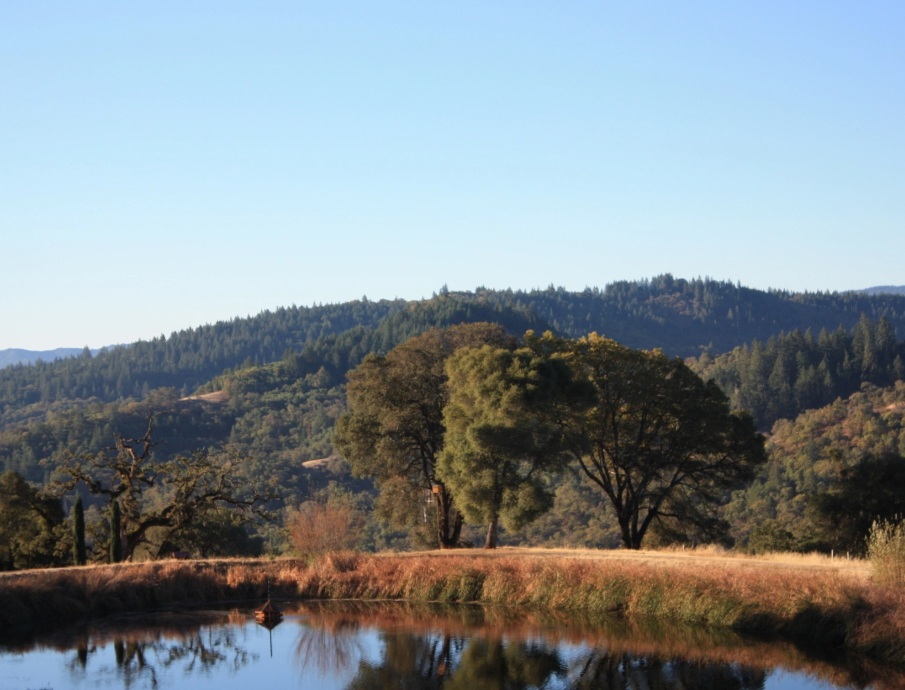
©Eagle Peak AVA
In the 1850s, settlers used the interior valleys and nearby foothills as open pasture for cattle. During this period Italian and Swiss immigrants planted wine grapes on the high ground and mountain terraces throughout the county. Gradually, grapes became the dominant crop throughout Mendocino County, replacing wheat and hay in the early 1900s, hops in the 1930s, and pears and plums in recent years.
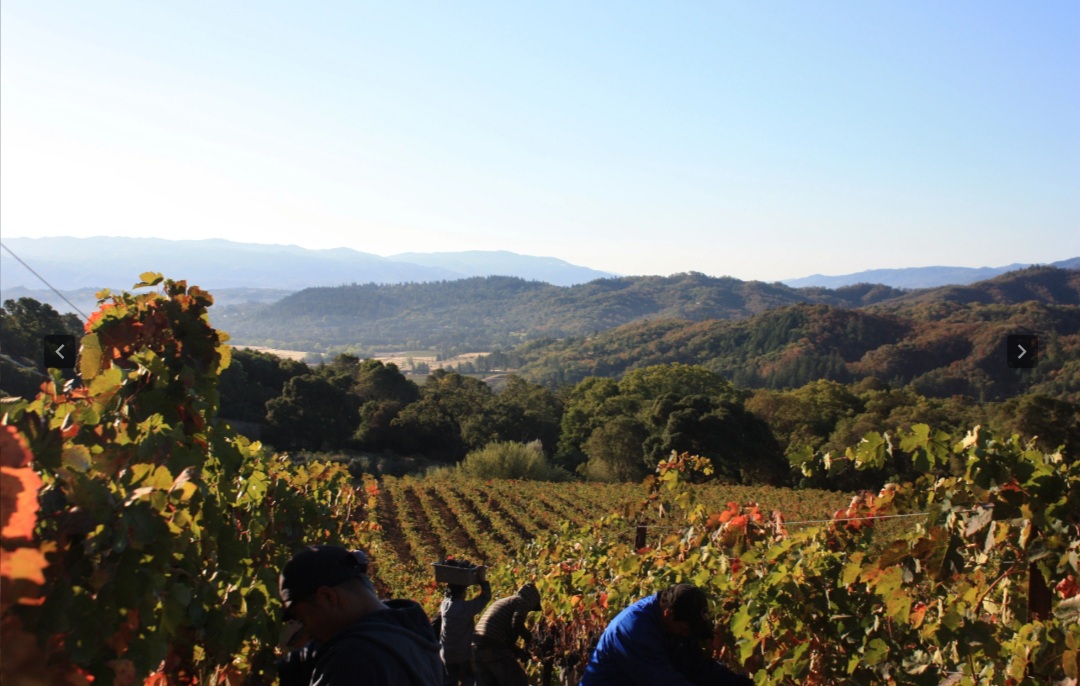
©Eagle Peak AVA
Over the past fifteen years, wines made from Eagle Peak Mendocino County AVA fruits have received international recognition.
The AVA is named after a prominent peak, Eagle Peak, in Mendocino County. The area is characterized by steep and rugged terrain, high elevations, moderate temperatures, refreshing winds, and well-drained mountain soils. Eagle Peak, 125 miles north of San Francisco, encompasses nearly 21,000 acres of mountainous terrain.
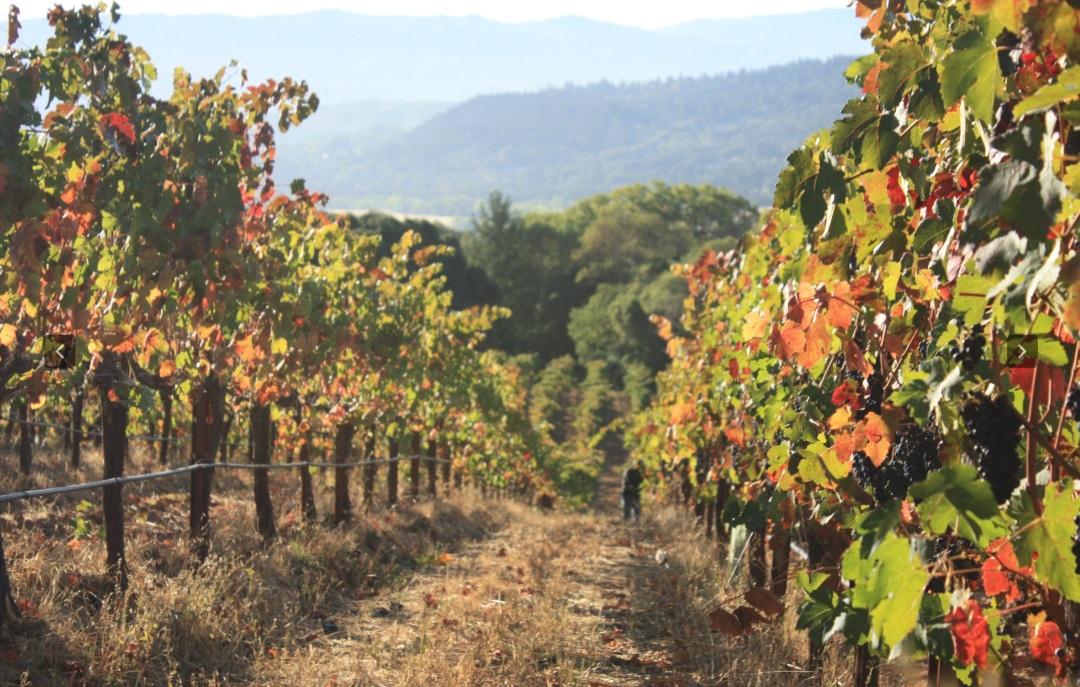
©Eagle Peak AVA
The steep slopes, typical of the area, favor good air circulation, helping to prevent frosts and thick fogs which can damage the vines. The steepness of the slopes also favors water drainage and prevents an excess of standing water. The south-facing slopes allow the soil to warm up more quickly in spring, favoring the early growth of the vine.
The area is influenced by cool, moist air from the Pacific Ocean, which moderates daily temperatures and seasonal temperature variations. This allows for constant and gradual ripening of the fruits of the area while maintaining good acidity.
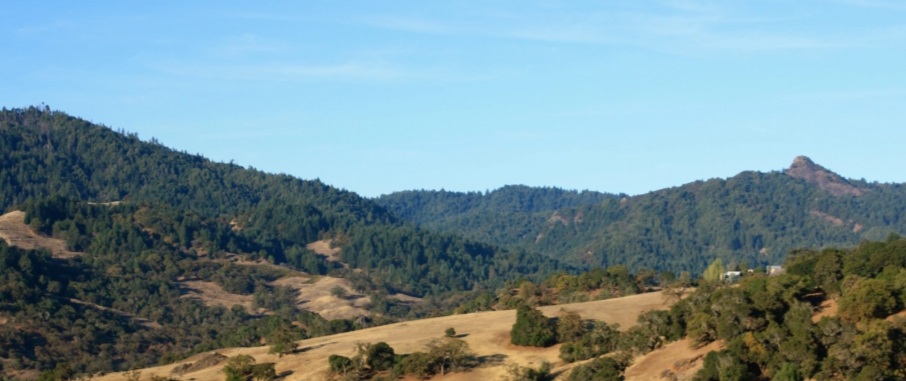
©Eagle Peak AVA
Summer winds are common throughout Eagle Peak, Mendocino County, AVA.
During the summer, warm air rises from the nearby Redwood, Potter, and Ukiah valleys creating low ground-level pressure. The low pressure draws cooler marine air from the Pacific Ocean through the Big River Airflow Corridor and into Eagle Peak, Mendocino County, AVA, causing frequent winds. Breezes moderate the high summer temperatures, but are not strong enough to damage vines or fruit. They also lower the humidity, reducing the development of grape rot.
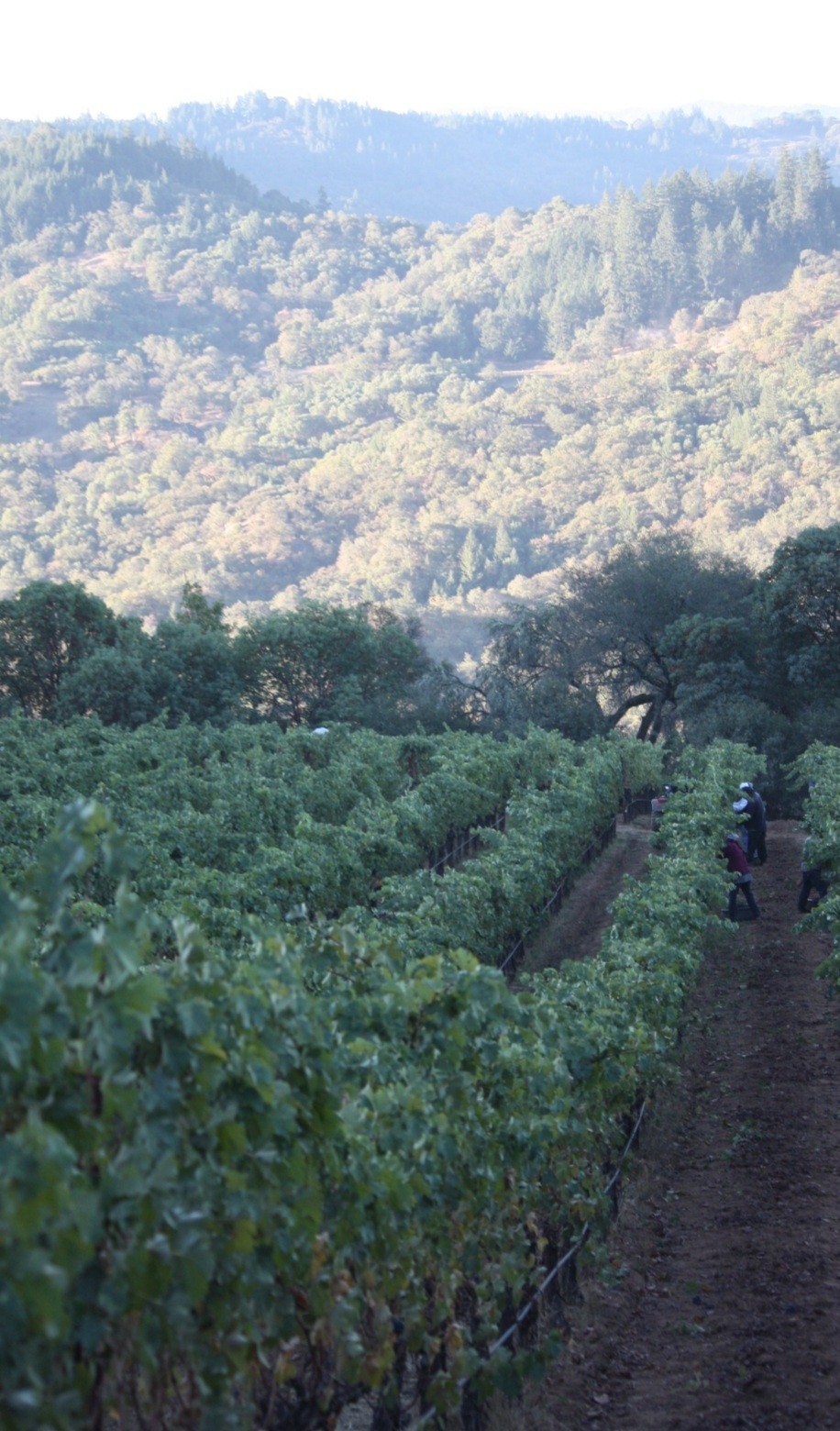
©Eagle Peak AVA
The soils at Eagle Peak Mendocino AVA span two major California geological types, sandstone and shale (Franciscan complex). These are significantly different from the alluvial soils of neighboring AVAs. The distinguishing feature of these soils is their low water holding capacity. Because these mountain sites are better drained, excess water isn’t a problem.
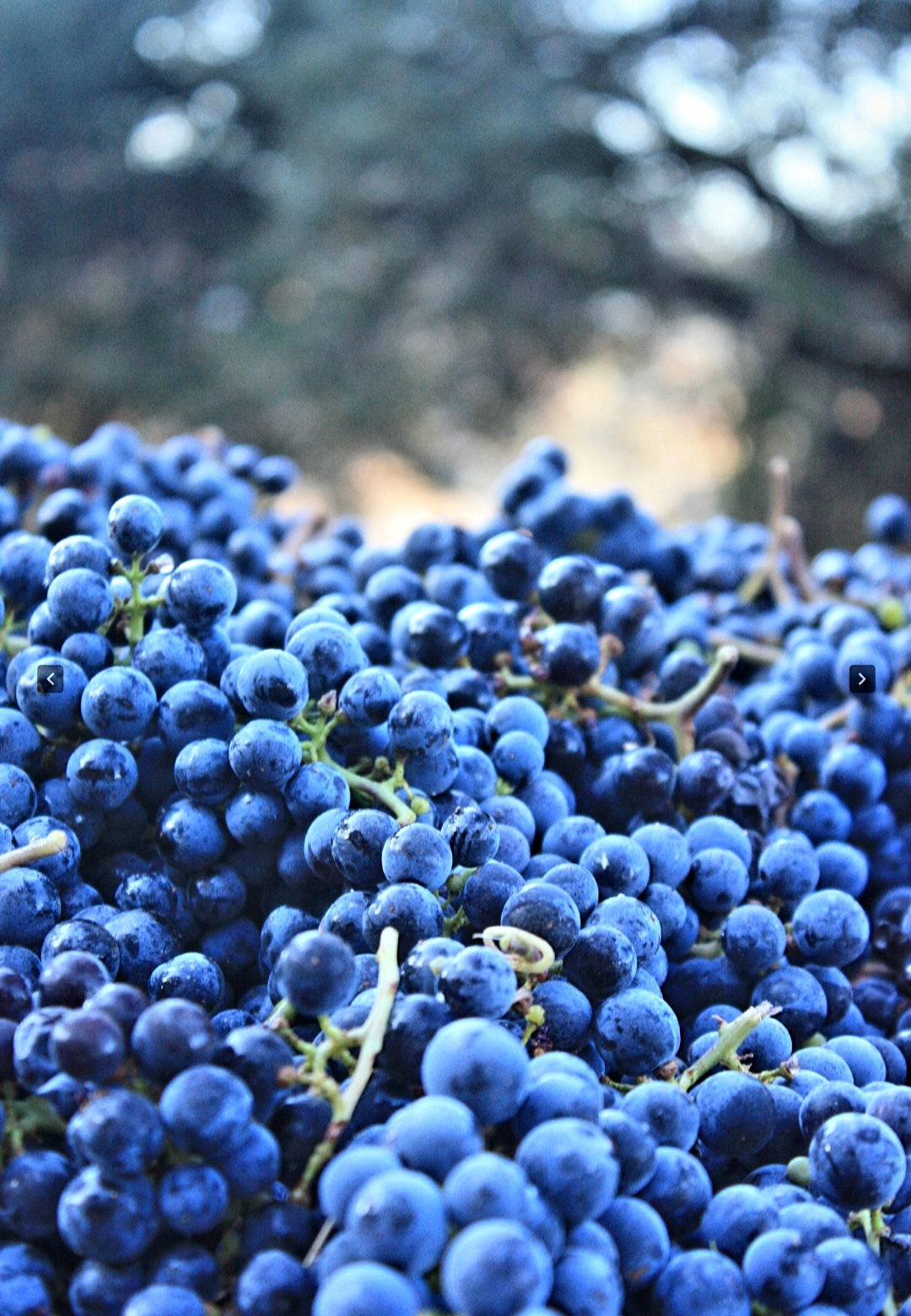
©Eagle Peak AVA
These soils also tend to be less agriculturally vigorous. Mountain vines tend to grow in a more balanced way than their peers which grow on a thicker and more vigorous substrate.

©Eagle Peak AVA
Pinot Noir reigns in the area, giving balanced and luxuriant red wines, different from those produced further south.
The Eagle Peak Mendocino County AVA, first proposed in June 2013, went into effect November 10, 2014. Since then, the Association has worked to popularize the high quality of the area’s wines nationally and internationally.


